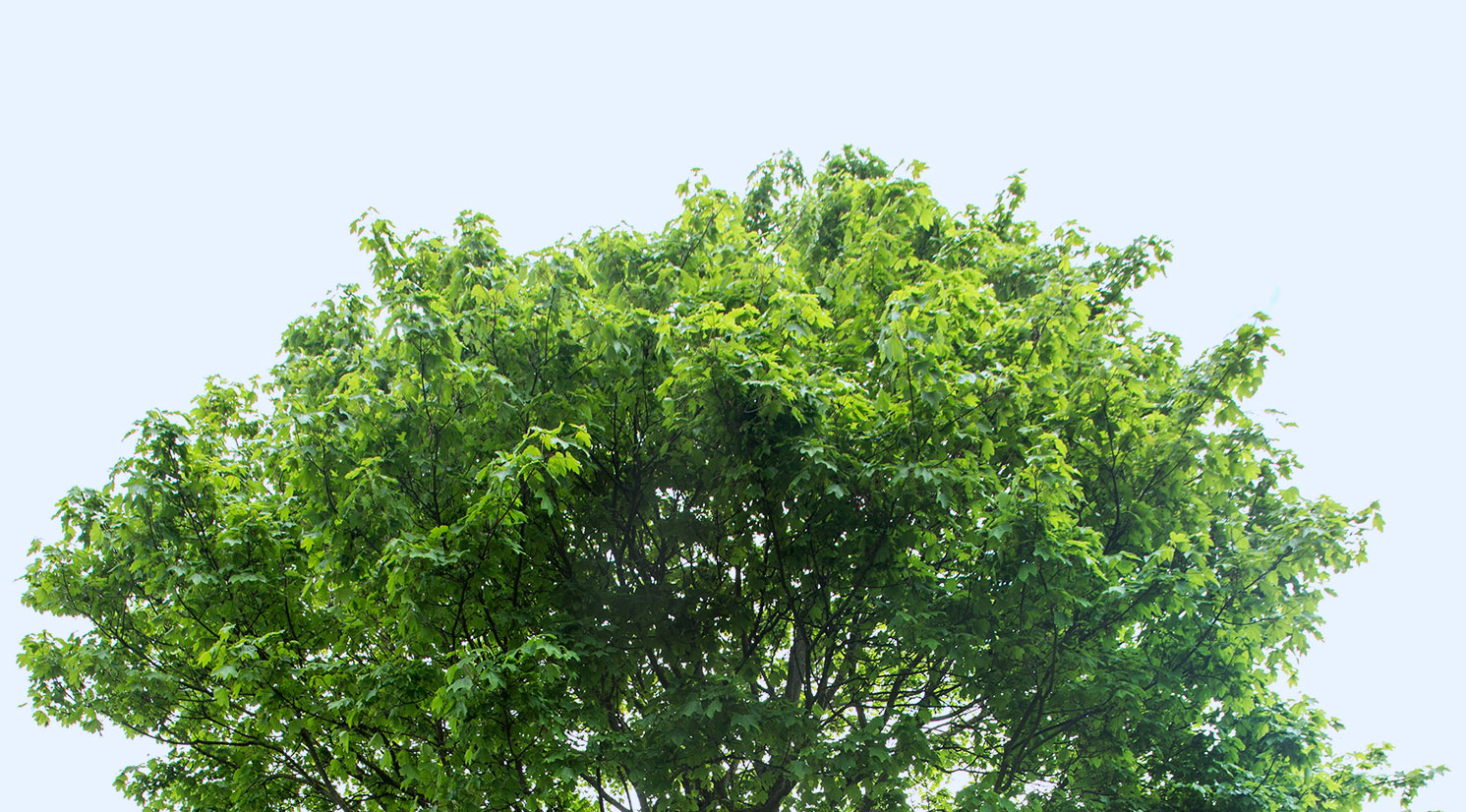Did you know that The Dawes Arboretum has been proactively managing and assisting with research on the Emerald Ash Borer (EAB) for more than two decades? In 2002, this beetle (Agrilus planipennis) which is native to Asia was discovered in Michigan. Soon after that, The Arboretum began researching methods to prepare for this aggressive invader.
The Dawes Arboretum began by removing large ash trees near buildings, roads and trails. We were contacted by the Ohio Department of Agriculture (ODA) and the United States Department of Agriculture (USDA) Northern Research Station. Both organizations wanted to research the potential of breeding resistance into our Ohio native ash. This could be done by breeding the Ohio native ash with the Asia native ash. This had been done with the American chestnut and its Chinese counterpart, creating hybrids more resistant to Chestnut Blight. Unfortunately, in the case of the ash trees, these efforts were unsuccessful in creating a hybrid that might breed resistance.
The Dawes Arboretum has also partnered with other groups. USDA Animal and Plant Health Inspection Service (APHIS) released several species of carefully screened parasitoid wasps (stingless and harmless to humans) that attack this species of borer, and The Dawes Arboretum was the only release site in Ohio where the wasps appear to have established! Time will tell if these natural predators to EAB will have any impact on any resurgence or next wave of EAB.
The USDA Northern Research Station is also seeking so-called ash “lingerers.” These are mature native ash, of any species, that managed to survive the first EAB wave. It could be possible these trees hold some resistance to this devastating pest. The Dawes Arboretum has offered to serve as a site for a seed orchard of these lingerers which could allow resistant seedlings to populate our forests and landscapes once again, on their own!
The Arboretum continues to research the best ways to combat Emerald Ash Borer to improve the health of our forests for years to come.

